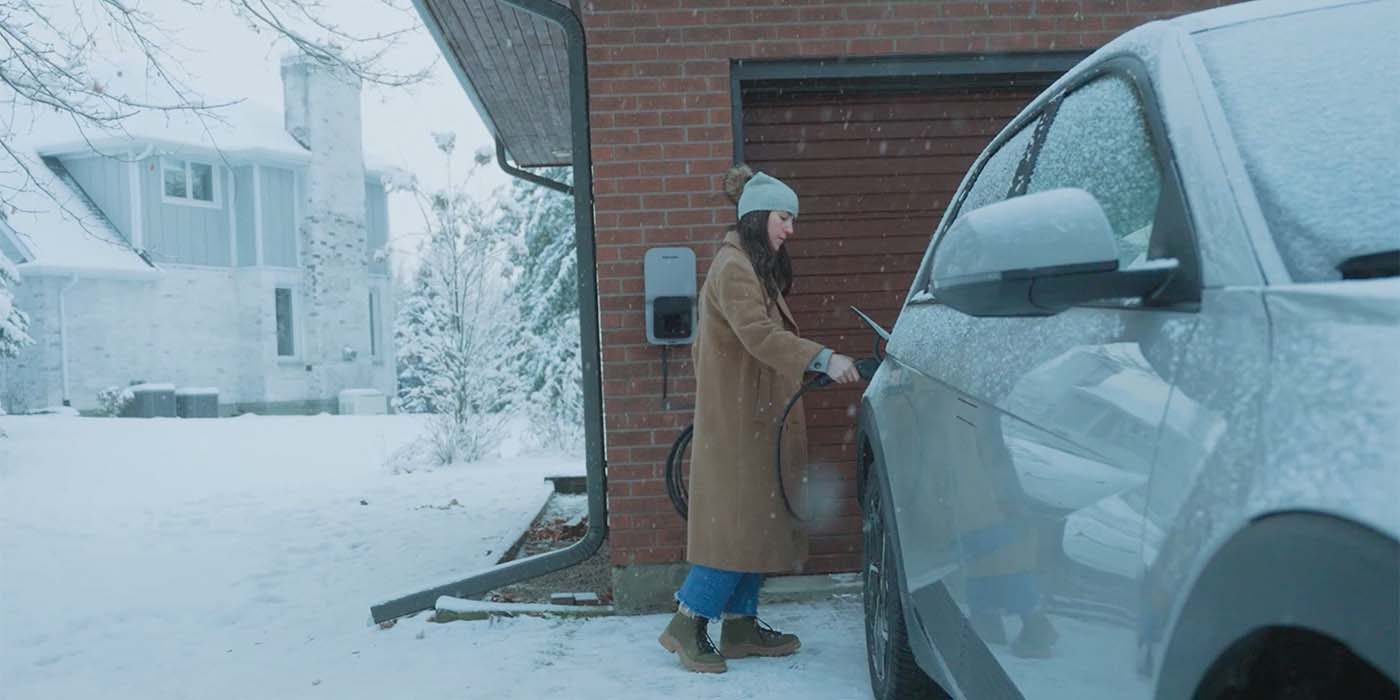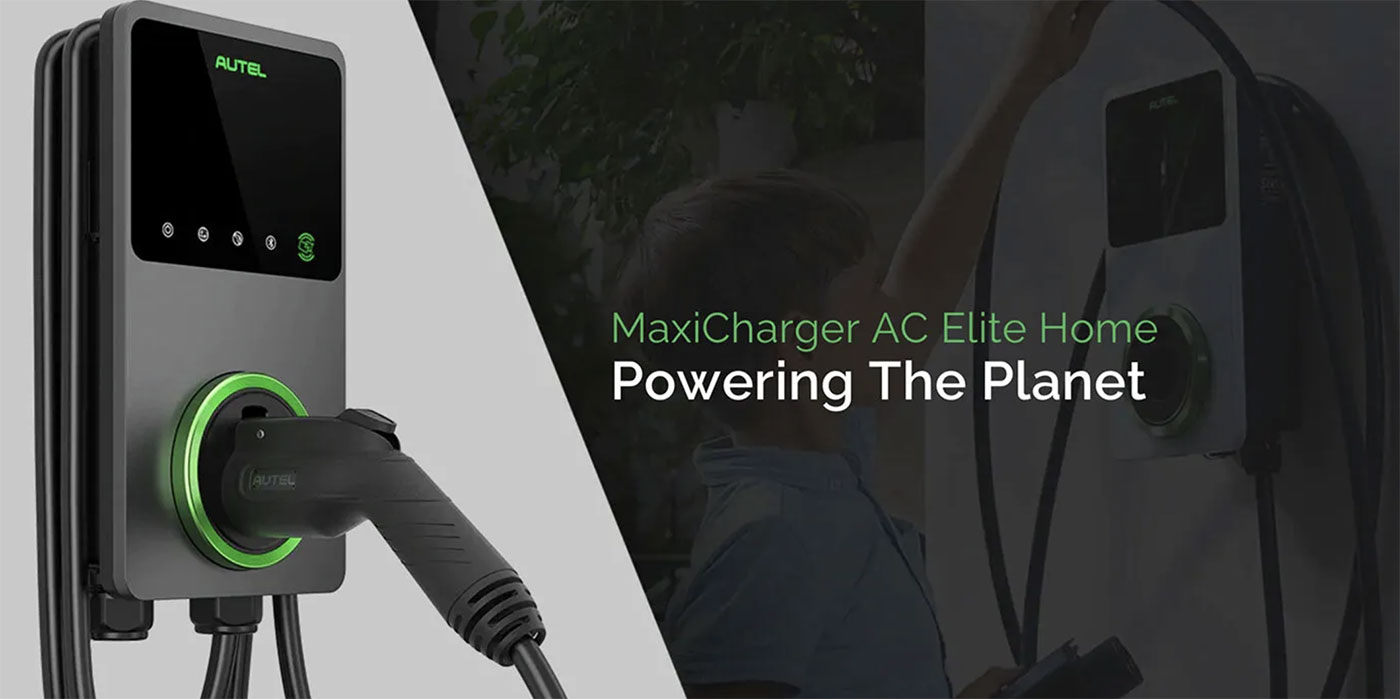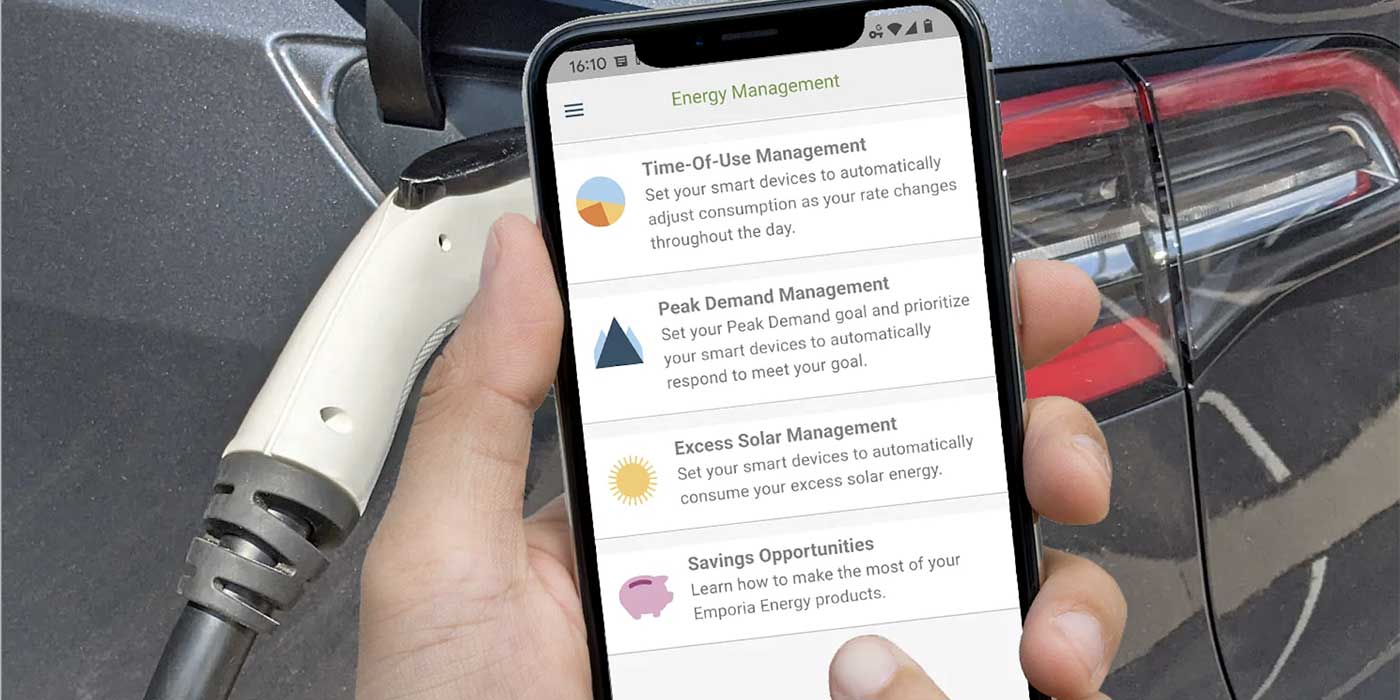We all know that range – or lack thereof – is a sticking point for consumers considering an EV for their next daily driver. If the range isn’t there for what the driver perceives they’ll need, the sale’s a no-go. Whether or not those drivers actually need the range they think they do is another topic completely, but if the EV industry could simply eliminate this range anxiety, the transition to EVs becomes that much easier, and faster.
The question is: How much range do we need? Is 500 miles on a charge enough for your average driver? 600? Or, is the issue really that we just don’t want to have to worry about plugging in ever again.
There are those EV manufacturers who are certainly stretching the limits of what we know a typical EV’s range to be. Today, 200 to 350 miles of range is pretty solid for your average electric vehicle, but Lucid Group says “screw that” with its Lucid Air Dream Edition Range scoring at EPA-estimated 520 miles of range. It is the longest-range electric vehicle ever rated by the EPA to date.
To go much beyond that range, you’ll have to start looking to the next generation of electric cars. Volvo Cars, for example, says it is banking on its next generation of fully-electric cars to boast over 600 miles of range on a single charge.
By the middle of this decade, as Volvo Cars introduces its third generation of electric cars, the company says it plans to improve the range of its vehicles further and integrate the battery pack into the floor of the car. For reference, currently the company’s C40 Recharge EV spec’d with 75 kilowatt hours of usable energy storage delivers about 225 miles of range per charge.
In the near term, Volvo Cars plans to take advantage of its relationship with Swedish battery company Northvolt, to further increase the energy density in its battery cells by up to 50% compared to what is on the market today.
Before the end of this decade, Volvo Cars says it hopes to break the 1,000 Watt-hour/liter energy density milestone, in order to achieve 1,000 kilometers, or approximately 621 miles, of real driving range. That’s enough range to take you from Cleveland, Ohio to Chattanooga, Tennessee, in one charge.
Of course, there are still those drivers who say “nope, not enough.” I mean, Cleveland to Chattanooga is a long way, but what if you want to drive from Cleveland to Sacramento without stopping to charge? Or, Cleveland to Homer, Alaska? I’m not sure even the next generation of EVs AFTER the next generation is going to cut it.
But, maybe that’s OK. Because who cares what the battery range is if you’re always charging, all the time? That’s the thought behind in-road, inductive charging, technology that Stellantis is trying very hard to establish as reality.
Stellantis recently released news that it has demonstrated technology to wirelessly recharge electric vehicles as they travel over specially-equipped, dedicated road lanes. They call it “Dynamic Wireless Power Transfer,” or DWPT.
DWPT is essentially a system of coils positioned under the asphalt that transfers energy directly to a vehicle without the need to stop at charging stations to refill the battery. The technology can be adapted for any vehicle equipped with a special kind of “receiver” that transfers the energy incoming from the road infrastructure directly to the electric motor. Of course, this means extending the range, while conserving the vehicle’s battery charge.
DWPT works using a smorgasbord of new technologies like 5G, Internet of Things-style communication and AI-based applications, all of which work in harmony to help exchange information between the vehicle and coils in the road.
The pilot project was conducted at Arena del Futuro, a track in Italy, and Stellantis says based on its findings, a vehicle like a Fiat New 500 outfitted with the technology can travel at typical highway speeds without consuming the energy stored in its battery.
Stellantis goes on to say that its tests have shown that the efficiency of the energy flow from the asphalt to the car is comparable to the typical efficiency of fast charging stations. And, the company’s measurements on magnetic field intensity show that the technology would not impact on the driver and passengers – so they’re saying yeah, it’s safe, don’t worry.
Of course, this kind of technology is going to attract interest for commercial development in all kinds of different applications should it prove to be commercially viable, and its potential extends far beyond consumer EVs. Consider other infrastructure too, like harbors, airports and parking lots.
As exciting as all this sounds, the reality is that the implementation of this kind of innovation is far from simple. There are grid constraints to consider. Sure, maybe this technology can handle a Fiat New 500 just fine, but what happens when you’re talking about the traffic congestion on any of America’s highways? And, how much more complicated do the infrastructure requirements become when compared to something like erecting a new DC-fast charging station?
The quest for unlimited EV range is only beginning. The question is: What do consumers really want, and what level of innovation is going to be necessary to stick for the long haul?













